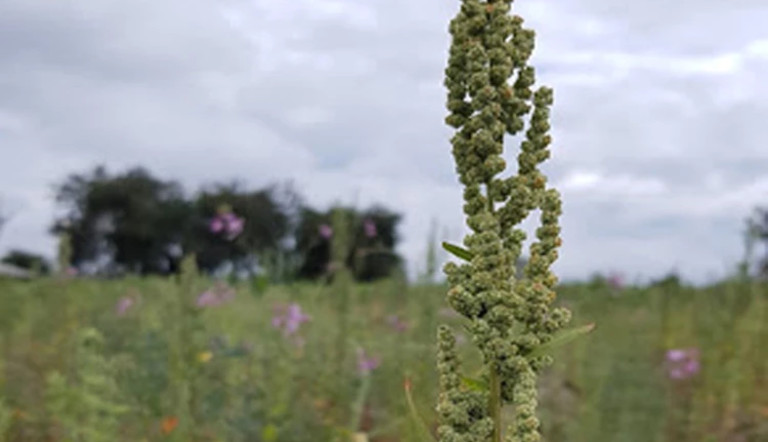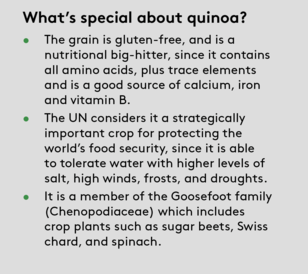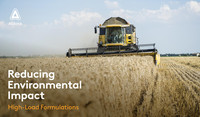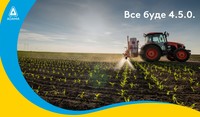
Quinoa: How the super food boom is impacting Ecuador's farmers

In Ecuador, which is a smaller producer, farmers have had to think differently to compete with the bigger players, Bolivia and Peru.
Boom time
Quinoa has been grown and eaten in the Andes of South America for thousands of years since the Incas first domesticated it. But world consumption skyrocketed after 2013 when the UN declared it “The Year of Quinoa” and the plant’s health benefits - gluten-free, high in protein and omega oils - became more widely known.
The value of global quinoa exports rose by more than 235% between 2013 and 2015, from $135.53m to $321.56m, according to The International Trade Centre.
How did Ecuador’s farmers react?
Ecuador, South America’s third largest producer of quinoa, grows the crop in the inter-Andean valleys at an altitude of about 3,800m.
When world quinoa prices surged, many farmers switched from potato production, encouraged by government incentives and a promise to buy their crop. However, market infrastructure was not ready for the increased production, says Bernardo Peña M, a quinoa farmer and processor at family business Porges, near Pujili.
A lack of processing capacity meant many could not sell their produce and with increased volumes on the market, prices fell, leaving farmers in a difficult position.
Competing with the big boys
Finding a way for Ecuador’s growers to compete has been key since then, says Mr Peña M.
“The price of our quinoa is not competitive with Peru and Bolivia, which have 40% of the market each,” says Mr Peña M. “Buyers say ‘I need a reason to switch to you’, so now we make added-value products.”
Porges now produces quinoa shakes, breakfast cereals and chocolate bars using quinoa bought from around 50 local growers of between 3-50 ha. The super food boom is also opening opportunities domestically, as consumers latch-on to the health benefits, says Mr Peña M.
“Ten years ago you just think about [putting quinoa in] soup. But now it is in cake, biscuits and many things - you go into the supermarket and there are now 10 products on the shelf.”
Porges processes the quinoa using a washing method that uses water to remove the sour outer layer, “saponina”. This is also starting to be recognized by buyers as having benefits, he says. He now has two customers in Ecuador, buying cookies and breakfast cereals and is exporting to the US and Spain.
According to government trade body Pro-Ecuador, Ecuador now exports added-value quinoa products that include compotes, snacks and quinotto (a risotto made using quinoa instead of rice). In 2016, the country exported 1,620 tonnes worth USD $4.8m, with the majority going to the USA, Canada, Germany, Israel and France.



